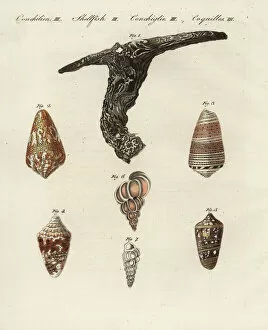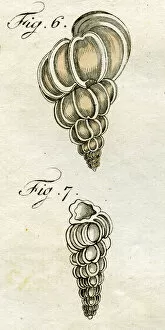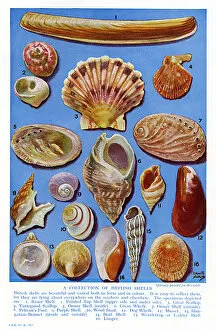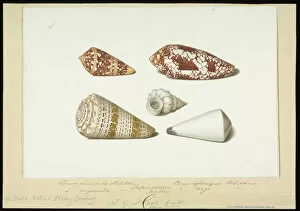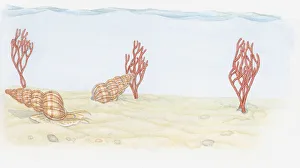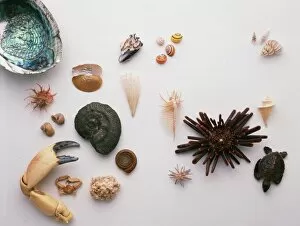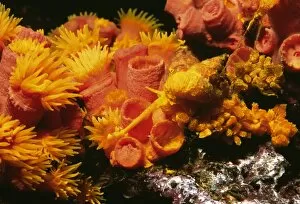Wentletrap Collection
Discover the beauty and intrigue of the Precious Wentletrap, also known as Epitonium scalare
All Professionally Made to Order for Quick Shipping
Discover the beauty and intrigue of the Precious Wentletrap, also known as Epitonium scalare. This exquisite gastropod mollusk is often found among oyster, cone, and wentletrap shells, adding a touch of elegance to the seabed below the ocean tideline. Saxifrage's 1833-39 coloured engraving and the Illustration of Turbo Scalaris from 1790 provide a glimpse into the past, showcasing the intricate patterns and shapes of these fascinating marine creatures. Joining the Conus and Epitonium shells in A Selection of British Shells, the Wentletrap (Epitonium) stands out with its distinctive, spiraled shell. This predatory snail is not only a sight to behold but also plays an essential role in the underwater ecosystem. The Illustration (Epitonium) reveals the snail's symbiotic relationship with pink sea fan (Eunicella verrucosa) coral and other organisms living on the seabed. As we delve deeper into the past, we find the Cirsotrema lamellosum, a Wentletrap snail from the Pliocene era, showcasing the evolutionary history of these captivating creatures. A Collection of Shells holds treasures like the Wentletrap sea snail shell C019 / 1325, while the Wentletrap snail lays its eggs, ensuring the continuation of this beautiful and intriguing marine species.


